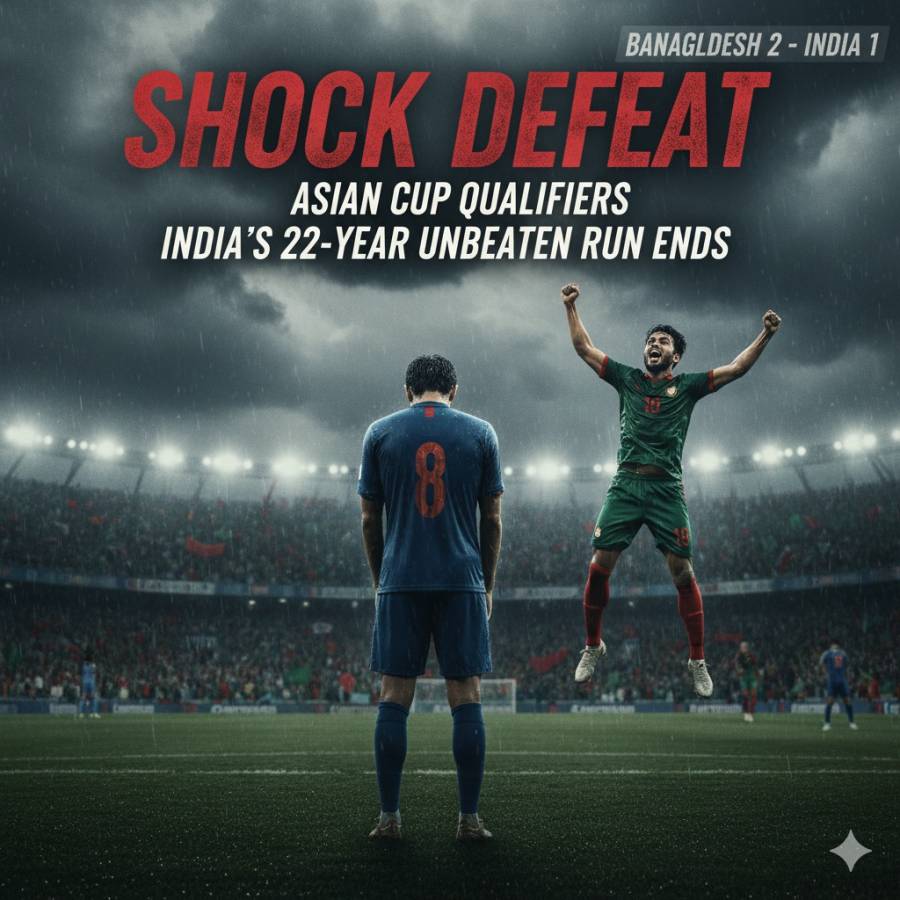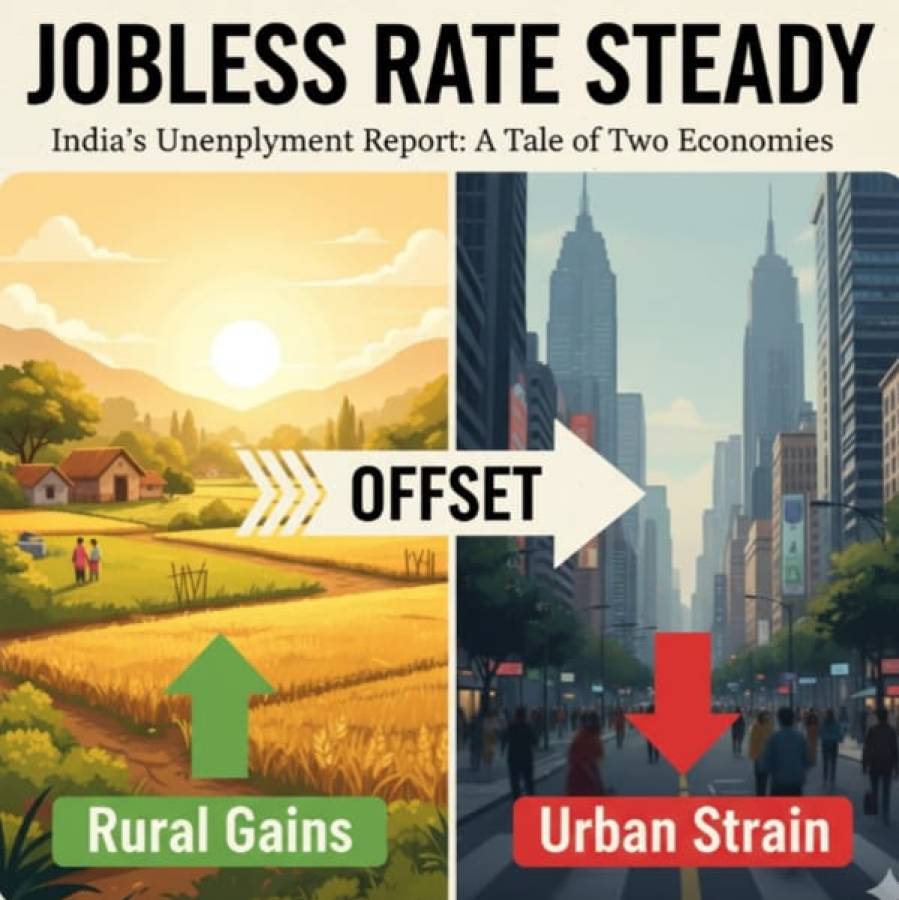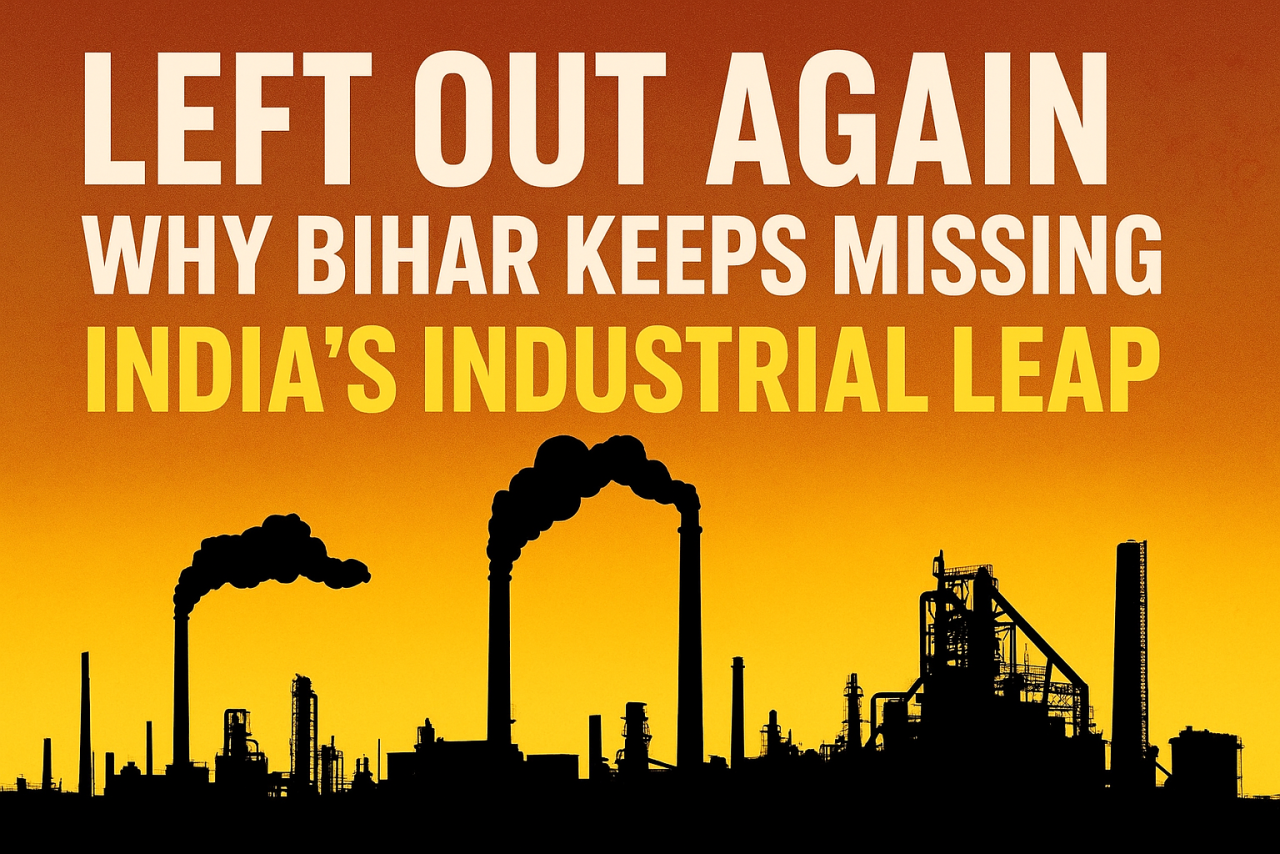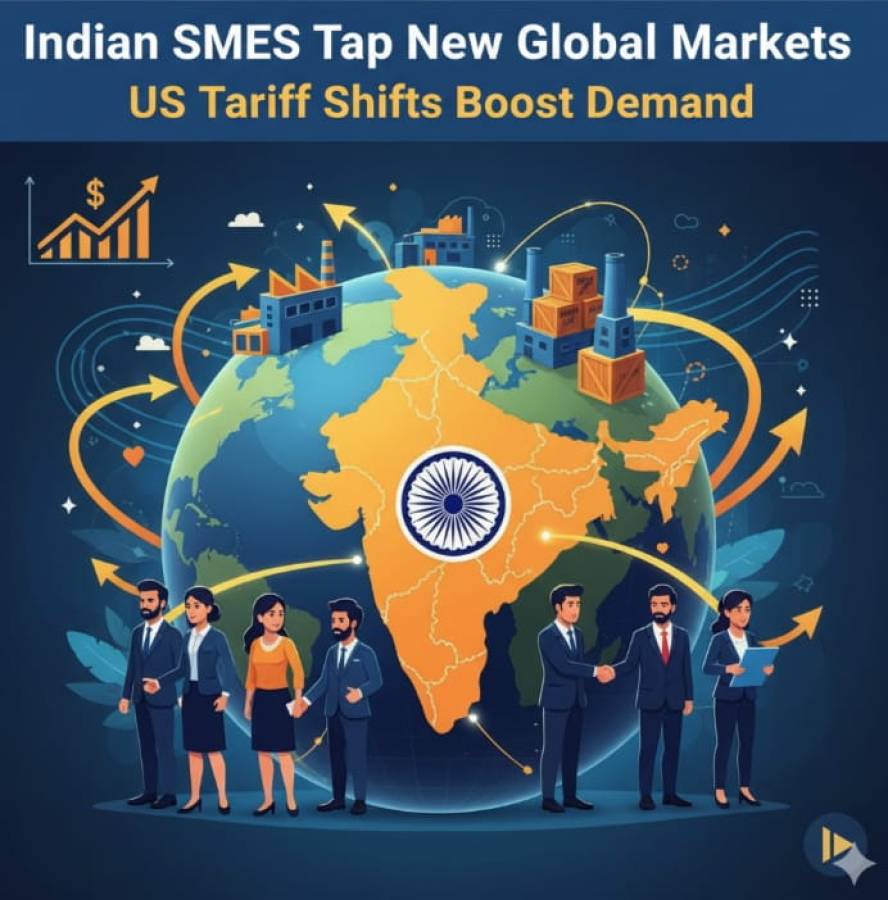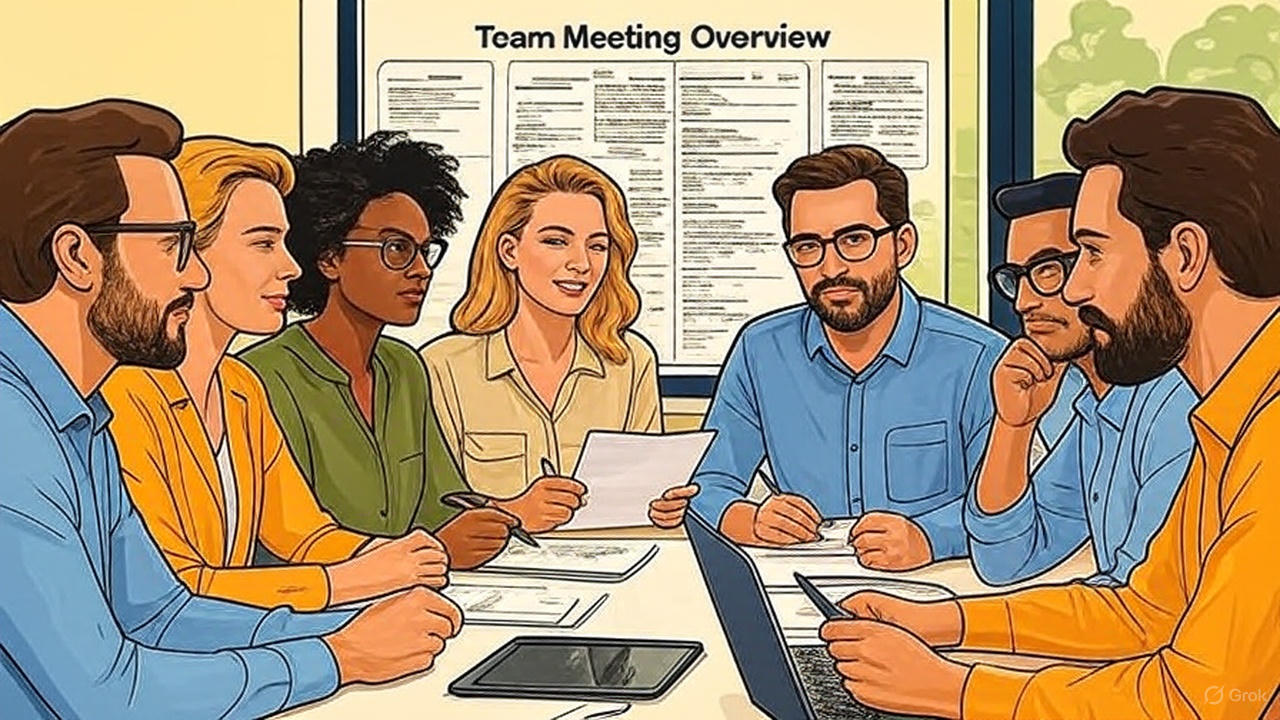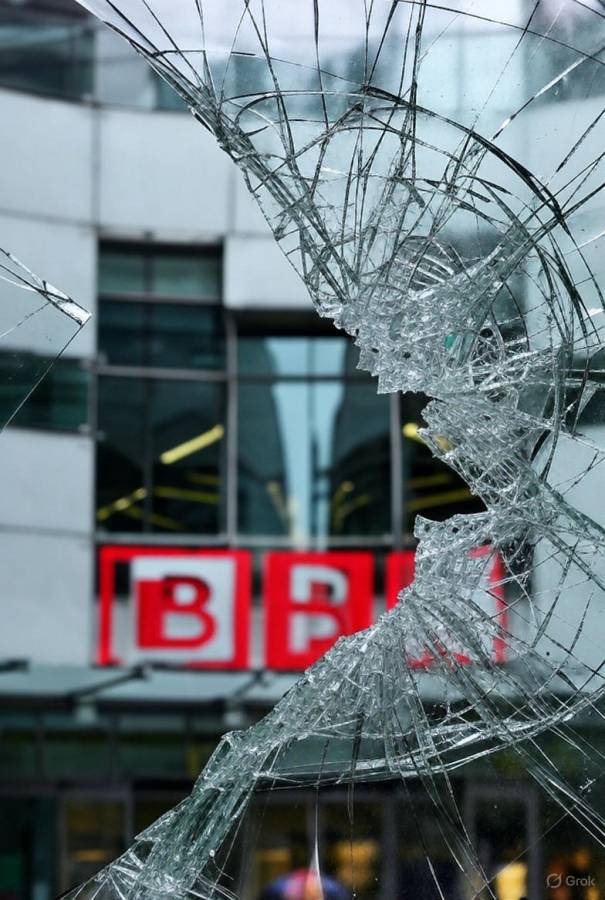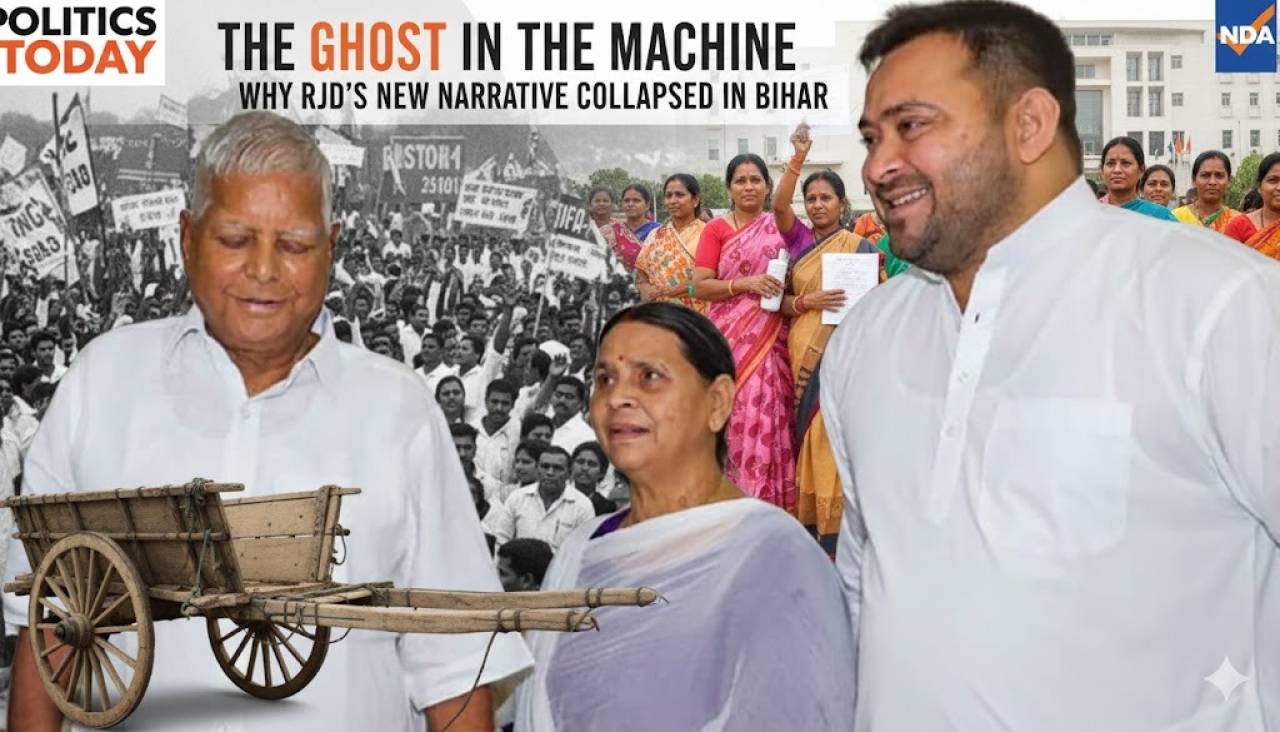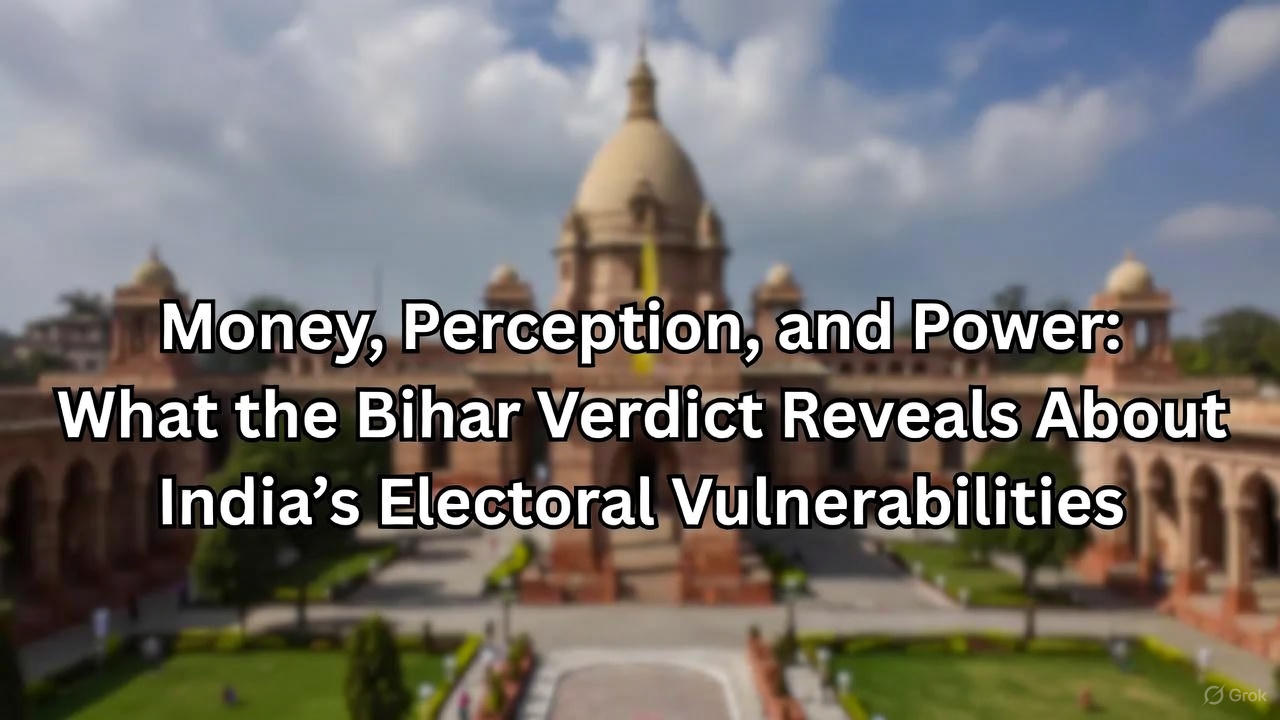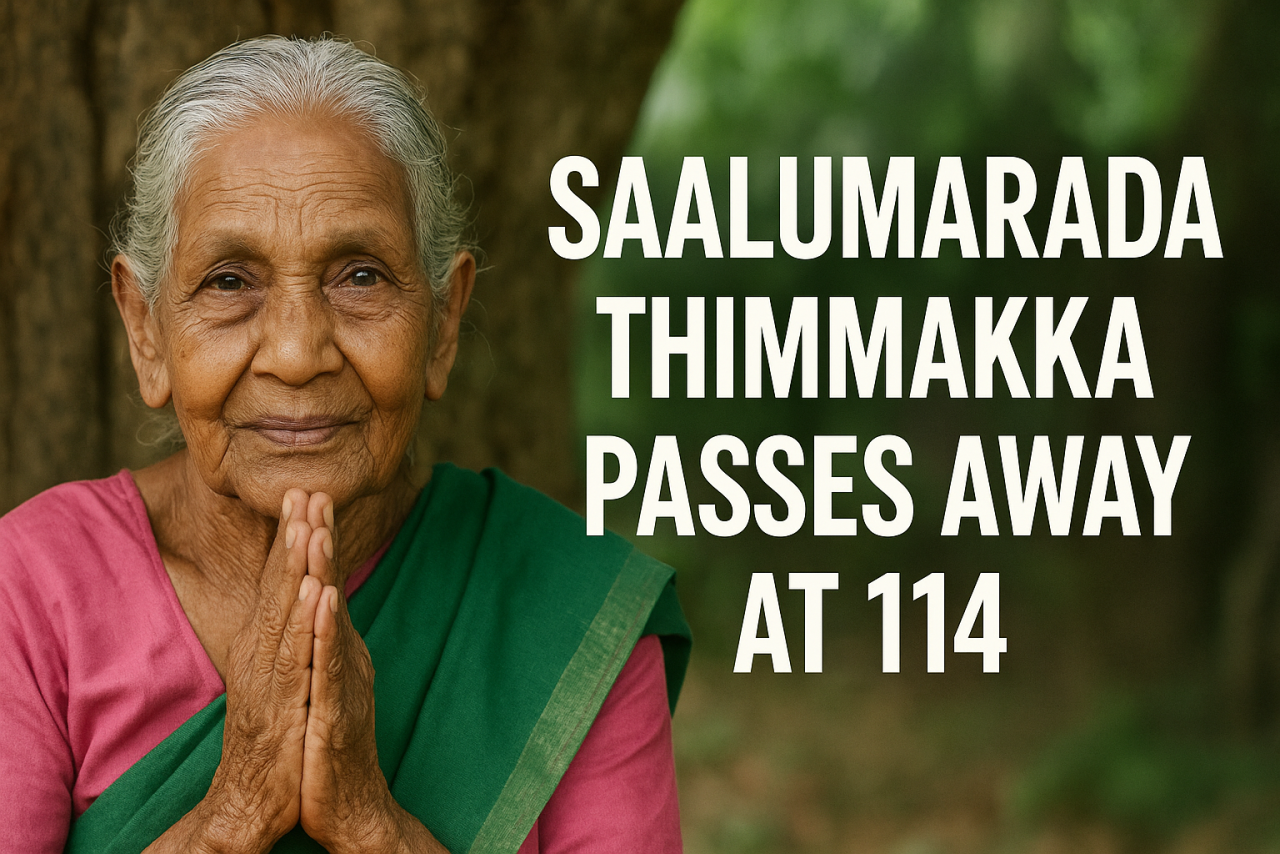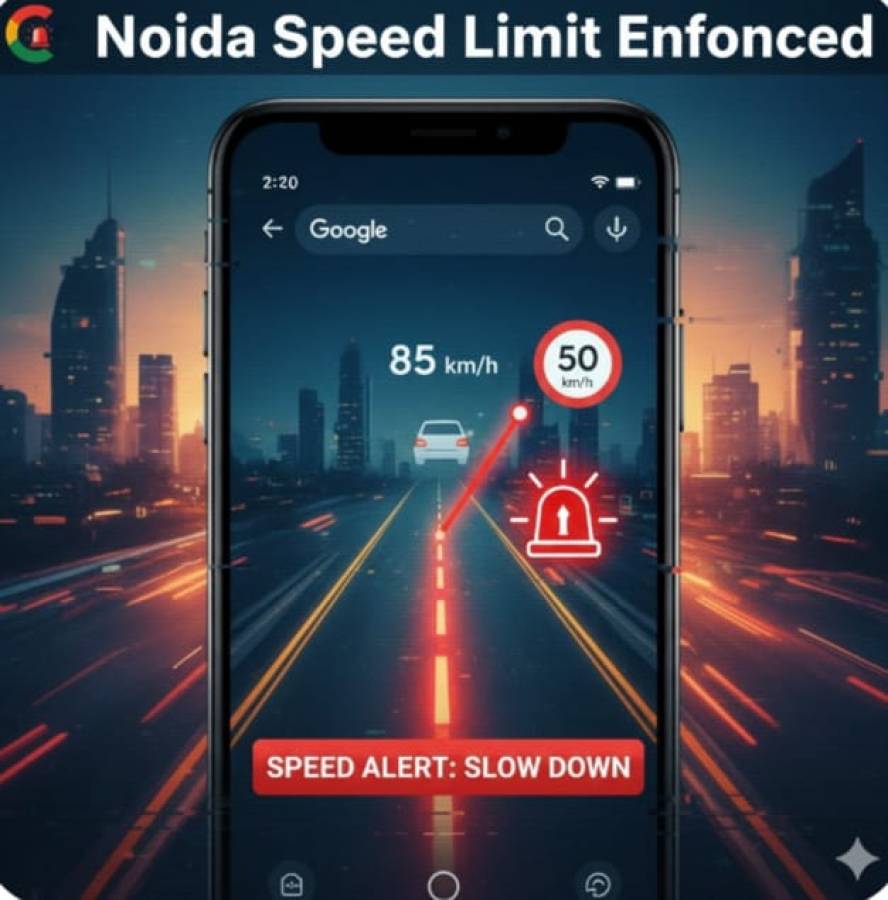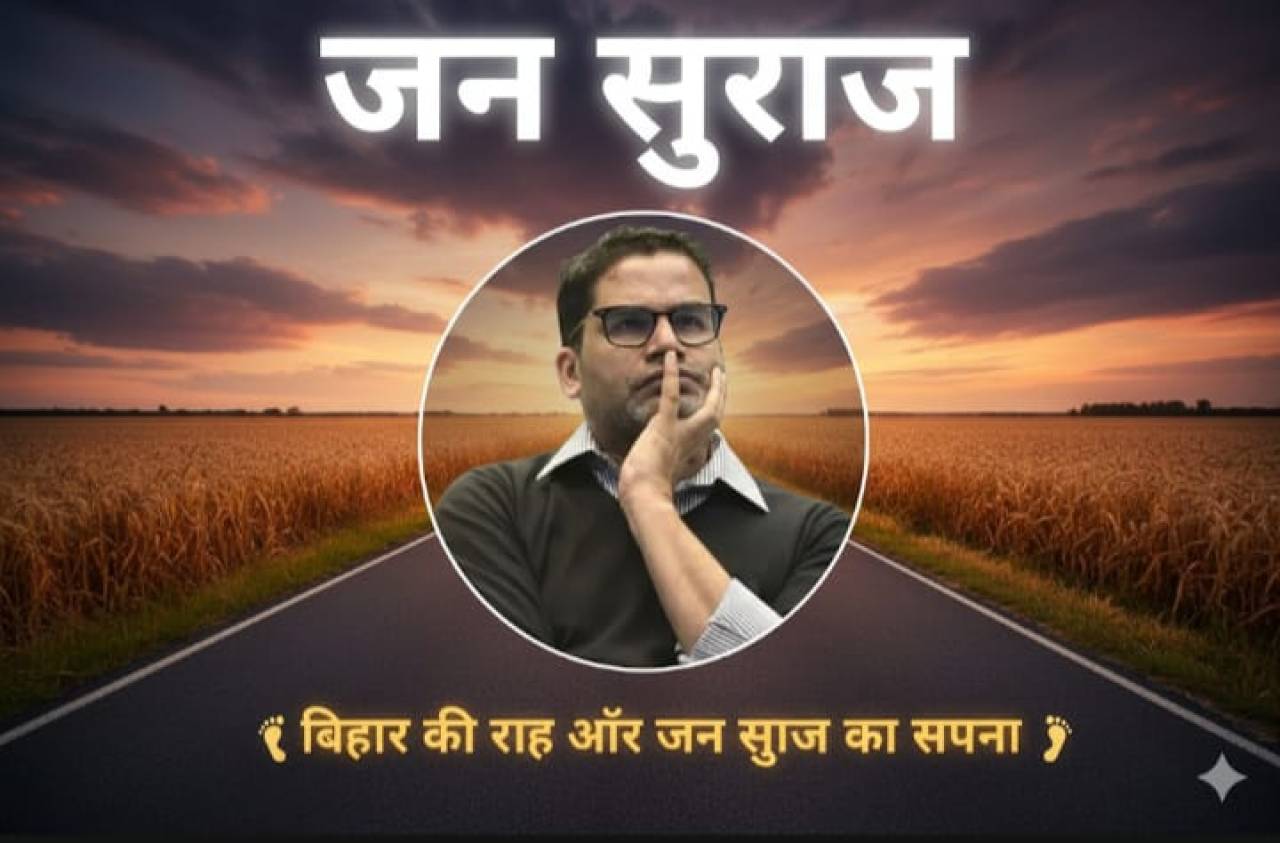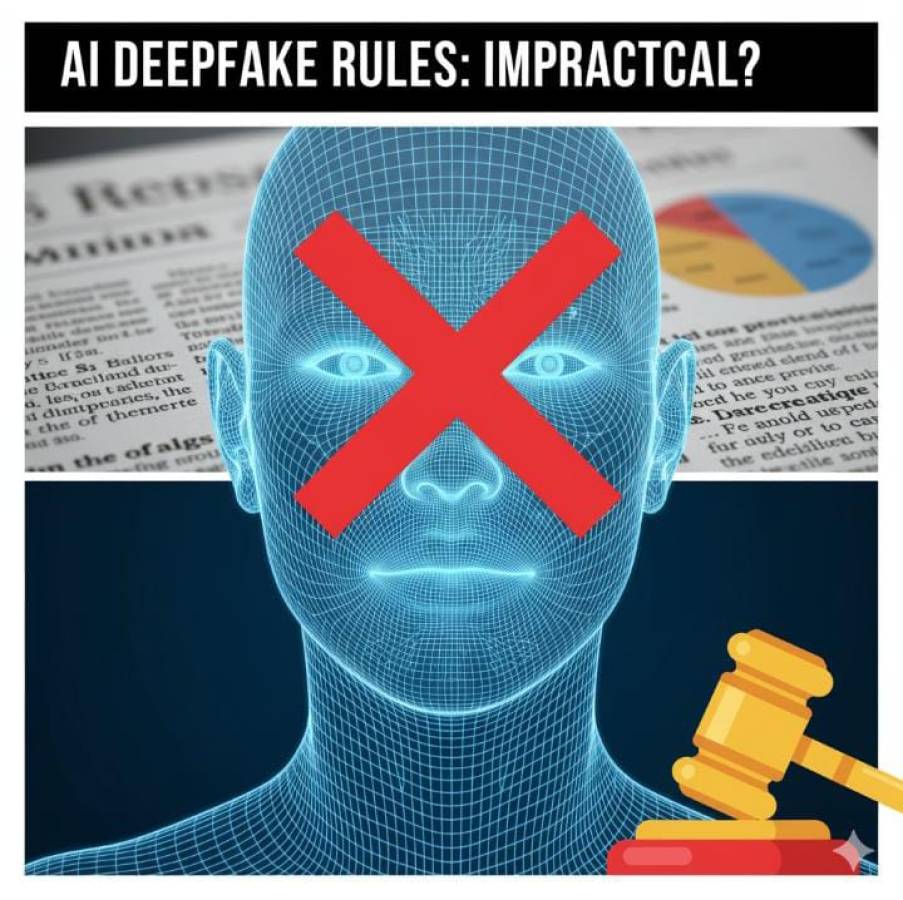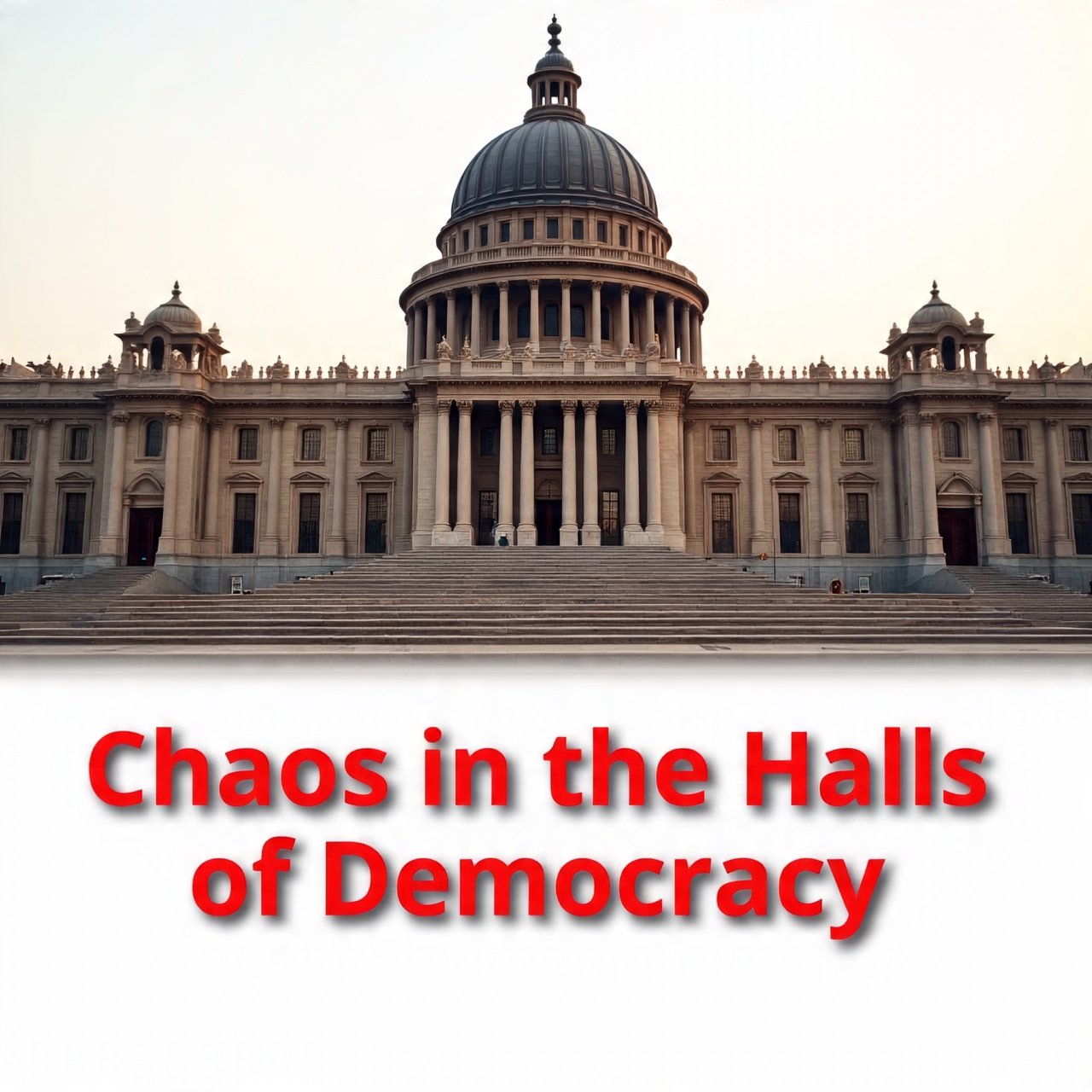
Indian democracy is known around the world for its size, diversity, and vibrancy. However, the functioning of its Parliament has not always followed ideal standards. Over the years, there have been several instances where members of Parliament have engaged in physical fights inside the House. These incidents show the seriousness of political disagreements and the high emotions involved in lawmaking. This article provides a historical overview of such incidents, their causes, and their effects on the democratic process.
Early Incidents During the Nehru Era
In the early years after independence, debates in Parliament were strong but usually respectful. However, in 1958, a notable disruption occurred during discussions on land reforms. A member from Bihar threw a paperweight in anger, which nearly hit another member. Though not very serious, this event was one of the first signs of disorder inside Parliament.
The Emergency and Political Conflict
The 1970s were a period of political instability. During the Emergency (1975–77), tensions were very high. In one session in December 1975, opposition members threw papers at the Speaker’s chair. Some of them also clashed physically. These events reflected the unrest present in Indian society at the time.
After Economic Reforms: More Parties, More Clashes
The 1990s brought major economic changes and also saw the rise of coalition governments. During this time, it became harder to maintain discipline in Parliament. In 1997, during a no-confidence motion against the I.K. Gujral government, members physically pushed one another and overturned furniture. Similar scenes became more frequent as disagreements between political parties grew.
Major Incidents in the 21st Century
In recent years, the use of television and social media has made disruptions in Parliament more visible to the public.
- Pepper Spray Incident (2014): During a discussion on the formation of Telangana, a member of Parliament used pepper spray inside the Lok Sabha. Many members had to leave the chamber due to irritation caused by the spray. Speaker Meira Kumar called it an attack on democracy.
- Women’s Reservation Bill (2010): When this bill was introduced in the Rajya Sabha, some members tried to snatch the bill papers and caused physical disorder. This showed how divided the views on gender representation were.
Recent Examples of Conflict
Since 2014, Parliament has passed many bills quickly, but also faced growing disagreement. Some of the most serious incidents include:
- Farm Bills Protest (2020): The opposition protested the passage of the Farm Bills without detailed debate. They tore up papers, clashed with marshals, and were later removed from the House.
- Manipur Violence Debate (2023): A discussion about violence in Manipur turned into a physical fight. Several MPs were injured.
- Rahul Gandhi Scuffle (2024): During a debate on government transparency, there was a heated exchange that led to Rahul Gandhi being shoved. Marshals had to step in to restore order.
Statistical Trends
Studies have shown that:
- More than 250 physical clashes have occurred in Parliament since 1952.
- Almost half of them happened in the Lok Sabha.
- Many were linked to regional issues, such as demands for statehood.
- A large number were connected to ideological and political disagreements.
A 2022 report by PRS Legislative Research found that disruptions reduced Parliament’s effective working time to just 32 percent, causing significant financial losses.
Reasons Behind the Disruptions
There are several causes for the decline in discipline:
- Structural Factors: The electoral system often leaves smaller parties without much influence, leading them to use protests to gain attention.
- Weak Penalties: There are not enough strict punishments for disruptive behavior.
- Media Pressure: Since sessions are televised, some members try to gain publicity by acting in dramatic ways.
Possible Solutions
To improve the functioning of Parliament, experts recommend:
- Giving the Speaker more powers to suspend misbehaving members.
- Creating independent committees to examine and punish misconduct.
- Making MPs accountable to voters for their behavior in the House.
Insightful Take
India’s Parliament has achieved many great things, but physical fights damage its image and reduce public trust. In a democracy, strong opinions are expected, but they should be expressed through discussion, not violence. It is important for the country’s elected representatives to behave responsibly and maintain the dignity of the House. Only then can Parliament truly represent the hopes and concerns of the Indian people.


